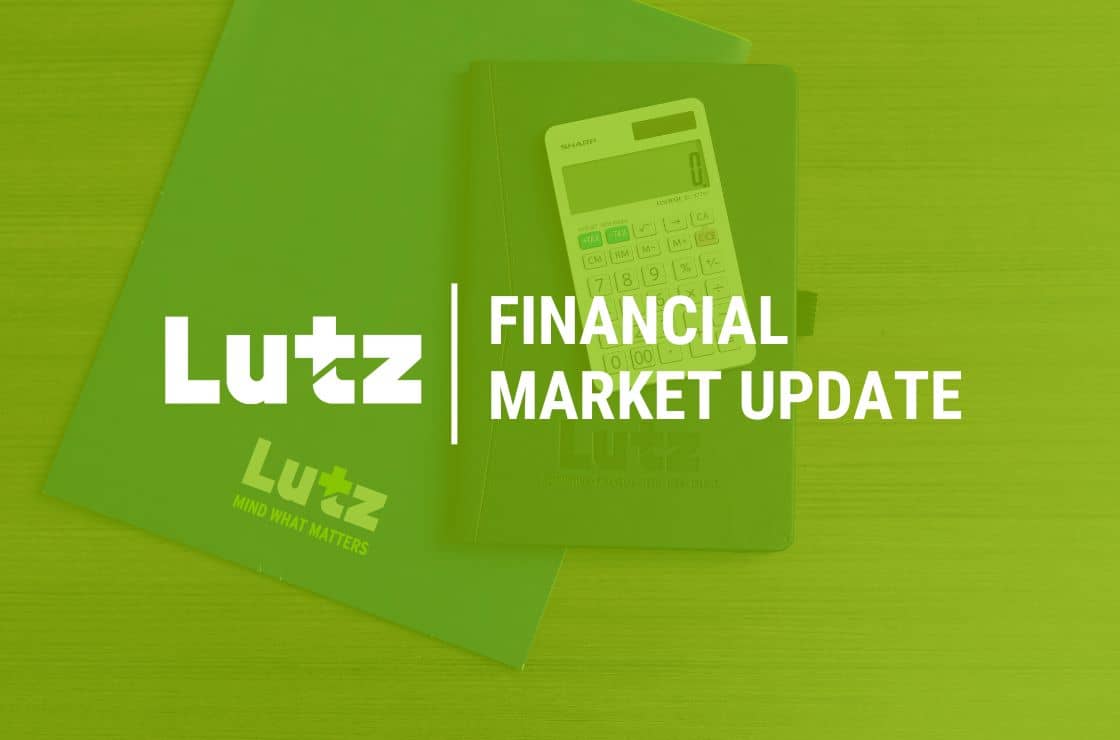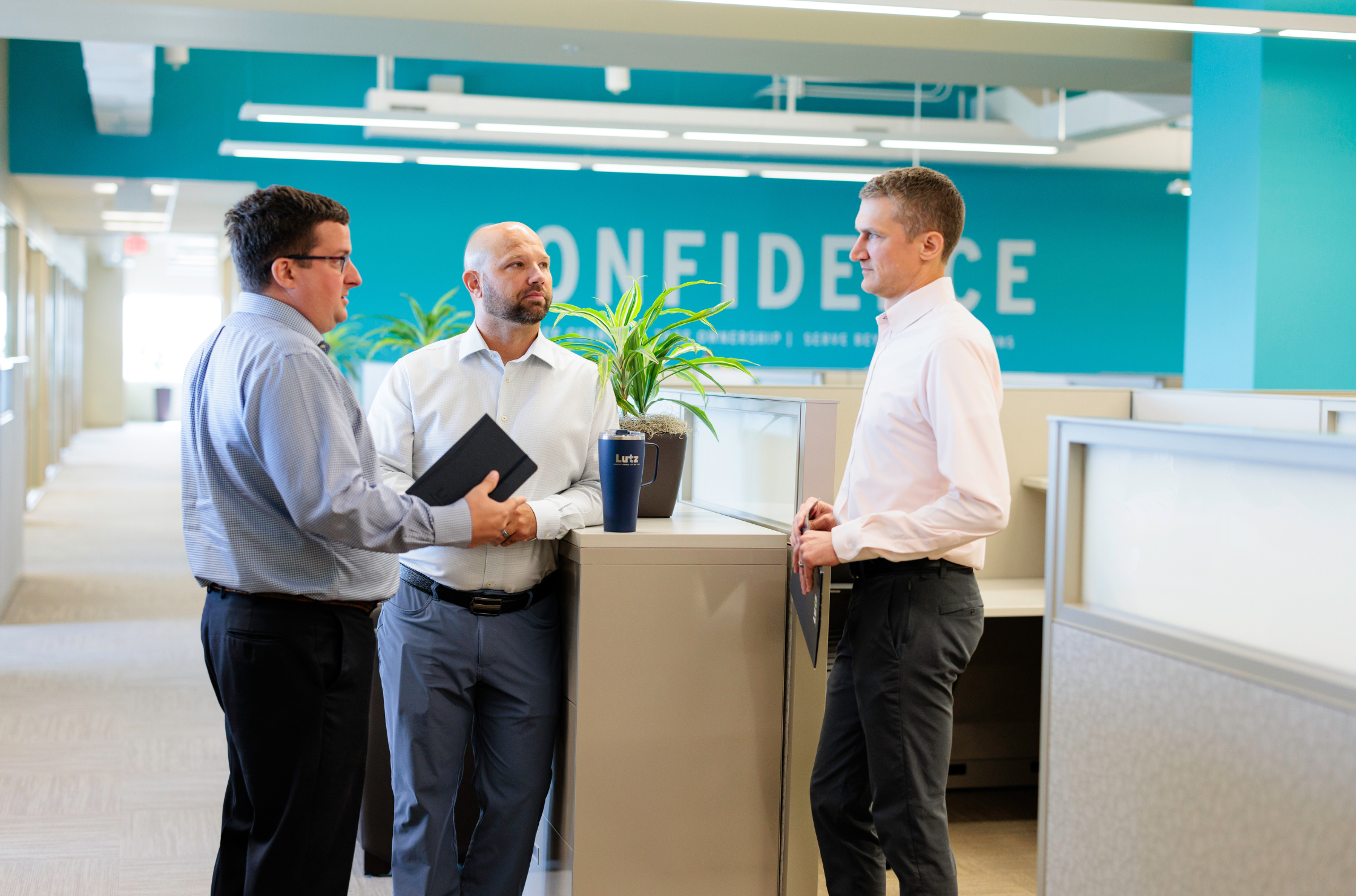How are you paying your company's retirement plan expenses?
-Jun-10-2025-09-42-56-3501-PM.jpg)
Retirement plans such as 401(k)s and profit-sharing plans provide excellent opportunities for business owners and their employees to save for retirement. While these plans offer significant benefits, they also come with associated costs. Traditionally, these expenses are paid as a percentage of participants' account balances. Understanding different payment options and their impacts can help optimize both short-term tax benefits and long-term retirement outcomes.
Case Study
Consider this scenario of a small business:
- Two owners and eight employees
- S-corporation tax structure
- Stable cash flow and profitability
- Current 401(k) and profit-sharing plan with $2,000,000 in plan assets
- Owners' combined account balances: $1,500,000 ($750,000 each)
- Employee combined balances: $500,000
Common Plan Expenses:
- Record Keeping: $4,000 (0.2%)
- Third-Party Administrator: $1,000
- Fiduciary Services 3(38): $2,000 (0.1%)
- Investment Advisor: $10,000 (0.5%)
- Average Internal Fund Costs: $4,000 (0.2%)
- Total Annual Plan Expense: $21,000 (approximately 1.05%)
Option 1: Paying the Expenses with Plan Assets
Paying plan expenses by deducting them from plan assets is the most common way small businesses pay for the company’s retirement plan. The 1.05% annual plan expense is paid quarterly at a rate of 0.26% of a participant’s account balance.
Cost breakdown:
- Owners: $15,750 or 1.05% of $1,500,000 account balances
- Participants: $5,250 or 1.05% of $500,000 remaining account balances
The owners pay 75% of all plan expenses because that is the prorated portion of their account balances in this plan. Small business plans like this example typically have the majority of the plan assets in the owners’ or partners’ accounts. A common misconception is that as a business owner, you don’t pay any retirement plan fees because you don’t “write a check” for them. The costs to administer a retirement plan will vary, but there are always costs associated with it.
Option 2: Business Pays the Expenses
Paying plan expenses through the business can offer a significant advantage to the business owners and to the participants of the retirement plan. As a business owner, you have the ability to pay all of these plan costs, except internal fund costs, outside the plan as a tax-deductible business expense.
Cost Breakdown:
- Business Expense: $17,000 ($21,000 minus $4,000 in fund costs)
- Owners: $3,000 or 0.2% of the $1,500,000 account balance for internal mutual fund costs
- Participants: $1,000 or 0.2% of the $500,000 account balance for internal mutual fund costs
In this case, the company would be paying approximately 81%, or $17,000, of the retirement plan fees as a business expense. Assuming a 35% tax rate, this saves the company or owners $5,950 in taxes. So, while the business is still paying $17,000 in plan expenses, it's able to deduct the $5,950. The owners are now paying $11,050 in plan administrative expenses versus the $12,750 when paid by plan assets. By having the company pay the retirement plan expenses, it saves the business owners $1,700 in annual costs and the employees $4,250 in annual fees.
Long-Term Impact Analysis
The decision between payment options can significantly affect long-term account growth:
Scenario 1: Owner’s Retirement Account
In this scenario, we look at a 45-year-old business owner maximizing their 401(k) and profit-sharing contributions. With a 7% rate of return and an annual contribution of $54,000, the owner saves for 20 years. Starting with a current balance of $750,000, here’s the potential outcome:
- If the business covers plan expenses: The account could grow to $4,961,678.
- If expenses are paid from the owner’s account: The balance would grow to $4,358,539.
This creates a difference of $603,139 over 20 years. However, it’s worth noting that if the owner pays the plan expenses (about $11,050 annually) outside of their retirement plan, they could invest that amount elsewhere, slightly reducing the impact on total wealth.
Scenario 2: Employee’s Retirement Account
This scenario considers a 30-year-old employee participating in the company’s 401(k) plan. Assuming the employee contributes annually to their account, and with a starting balance of $50,000 and a 7% rate of return, here’s the projected outcome after 35 years:
- If the business covers plan expenses: The account could grow to approximately $1,194,458.
- If expenses are paid pro-rata from the employee’s account: The balance would instead grow to $1,050,574.
This difference of $143,884 demonstrates the long-term benefit of having the business pay retirement plan expenses. By preserving more of their retirement funds within the account, the employee could experience higher compounded growth over time, significantly enhancing their retirement security.
Fee Strategy Best Practices
Implementing an effective retirement plan fee structure requires more than just knowing your options. it takes thoughtful planning and the right partners. The following best practices can help you make smart decisions about how fees are structured, who pays them, and how to ensure your plan stays efficient over time.
Itemize Plan Expenses
Start by reviewing your current plan fees. Are they broken out by service provider or bundled into one catch-all asset charge? When fees are itemized, it’s easier to understand what you’re paying for and decide which costs should be covered by the business versus passed on to employees.
Work With Flexible Service Providers
Business can change from year to year. Make sure your service providers are able to change the way fees are charged to the plan if the situation requires it. The flexibility of your providers can also benefit a company that wants to pay a set amount of expenses through the business and the rest through participant account balances.
Opt for Low-Cost, Institutional Mutual Funds
Review the share class of your plan’s investment options. Make sure the mutual funds are the lowest expense share class available and don’t have any 12b-1 fees or revenue sharing. Those fees increase the internal expenses of the mutual fund. Consider passive investment options, as they will have lower fund expenses than their actively managed counterparts.
If structured properly, the fees of maintaining a 401(k) and profit-sharing plan can provide short-term tax benefits for business owners and a significant long-term impact on the retirement accounts of the business owners and their employees. It’s important to not only review the fees you are paying for your plan but to also explore the company’s options in how those fees are paid.
Partner with Lutz's Retirement Plan Experts
Successfully navigating retirement plan expenses requires experienced guidance and industry knowledge. At Lutz Financial, we offer retirement plan services that help businesses maximize efficiency while minimizing costs. Our comprehensive approach includes custom plan design, fiduciary services, and access to high-quality investment options, all supported by thorough fee analysis and ongoing optimization. Whether you're establishing a new plan or enhancing an existing one, contact us to explore how our expertise can help create better outcomes for your business and employees.

- Futuristic, Belief, Arranger, Includer, Context
Chris Wagner, CFP®, CPFA®
Chris Wagner, Director of Retirement Plan Services, began his career in 2004. As the leader of Lutz's retirement plan division, he serves as the firm's primary authority on business retirement solutions. His solid foundation in financial advisory and employee benefits, coupled with his background as a financial advisor has positioned him as a trusted expert in this specialized field.
Focusing on retirement solutions, Chris provides strategic advisory services to companies, small businesses, and nonprofit organizations across various industries. He designs and implements benefit strategies that address complex challenges while creating meaningful impact for both employers and employees. Chris values helping organizations create programs that attract and retain talent while helping employees prepare for their financial futures.
At Lutz, Chris makes the complex simple - a talent that defines his approach to retirement planning. He excels at taking intricate regulations, investment options, and organizational needs and transforming them into clear, actionable strategies. Clients appreciate his ability to explain complicated concepts in straightforward terms, making retirement plan decisions more accessible for business owners and their employees alike.
Chris lives in Elkhorn, NE, with his wife Kristin, daughter Brynn, and son Owen. Outside the office, he can be found watching his children's sporting events, playing basketball, golfing, and hiking in the mountains when he can.
Recent News & Insights
3 Tips to Improve the Tax Efficiency of Your Portfolio
Lutz adds Jacobus and Nelson
Leveraging Market Analysis Reports for Successful Sell-Side M&A Transactions
10 Cybersecurity Strategies for Healthcare Practices



.jpg?width=300&height=175&name=Mega%20Menu%20Image%20(1).jpg)
%20(1).jpg?width=300&height=175&name=Mega%20Menu%20Image%20(2)%20(1).jpg)
%20(1)-Mar-08-2024-09-27-14-7268-PM.jpg?width=300&height=175&name=Untitled%20design%20(6)%20(1)-Mar-08-2024-09-27-14-7268-PM.jpg)

%20(1)-Mar-08-2024-09-11-30-0067-PM.jpg?width=300&height=175&name=Untitled%20design%20(3)%20(1)-Mar-08-2024-09-11-30-0067-PM.jpg)
%20(1).jpg?width=300&height=175&name=Mega%20Menu%20Image%20(3)%20(1).jpg)
%20(1).jpg?width=300&height=175&name=Mega%20Menu%20Image%20(4)%20(1).jpg)
%20(1).jpg?width=300&height=175&name=Mega%20Menu%20Image%20(5)%20(1).jpg)
-Mar-08-2024-08-50-35-9527-PM.png?width=300&height=175&name=Untitled%20design%20(1)-Mar-08-2024-08-50-35-9527-PM.png)


.jpg)




